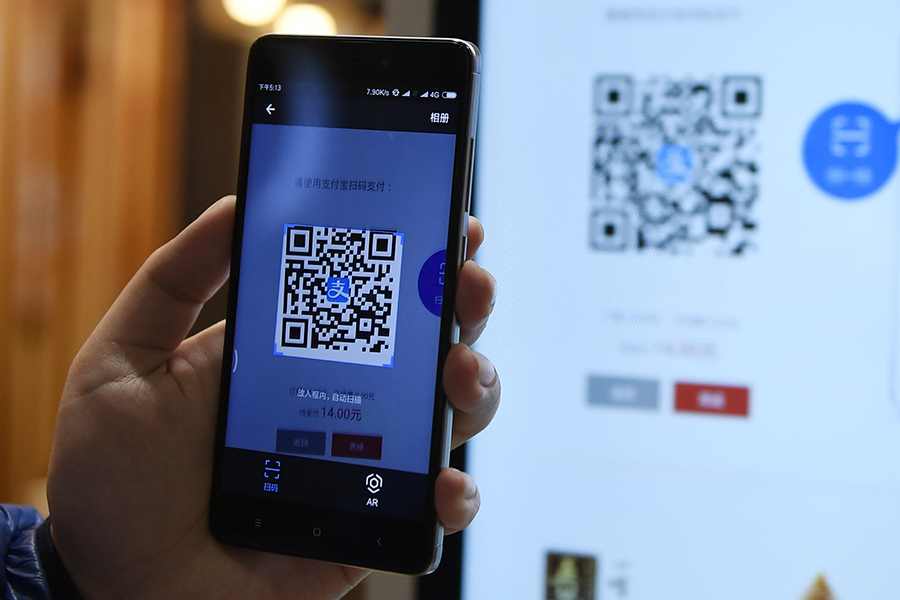
By Trynkle
Published on China Daily, MalayiaKini, NST MY
There is no escaping our evolution into a cashless society. The notion that all transactions can be executed digitally is becoming more realistic day by day. COVID-19 has accelerated the move away from physical cash, with growing concerns over transmittal of viruses and diseases. A cashless society breeds a new era for financial transactions. Key benefits should include: lower crime rates, less money laundering, easier foreign transacting and reduced risks & costs. The term, cashless society, itself appears ubiquitous and denotes a concept so pervasive and entrenched in our society. However, this is far from the reality.
Economic inequality and inclusivity are fundamental issues still present worldwide. A cashless society might actually exacerbate these problems. The unbanked and poor could face significant challenges with digital modes of payment. According to the World Bank, there are over 1.7 billion unbanked adults globally. China, Indonesia and India account for over 30% of this number, with the majority of these being females. In fact a huge proportion of the unbanked view the cashless movement as a discriminatory act against those without bank accounts. Perhaps, ideologically, we are running before walking to facilitate this cashless utopia.
For a cashless society to be truly pervasive, there needs to be an understanding, and acceptance, by governments and payment providers of the financial inclusion issues currently in existence. It isn’t just the unbanked who are at risk of being left behind. There are also the elderly and the disabled who face their own challenges with rapid digitalisation and technological advancement. There are still parts of society that lack trust in digital payments or have barriers of access to mobile phones and the internet. Reinforce this with fears around fraud, privacy and the emotional value of money and, suddenly, your cashless adoption rates start to flounder.
In Asia, where the financial inclusion problem seems to be rife, fintechs and payment companies are being asked to better meet the full range of consumer needs. Many companies are rising to the challenge, with social and economic inclusivity goals in their ethos. One example, MercuryPay, a South East Asian universal payments provider, has directly reached out to unbanked consumers and merchants to educate them on cashless enablement and reduce the business & transaction costs involved. The latter being particularly relevant to small and medium- sized enterprises (SMEs) who pay significant sums to maintain and install cashless technologies, as well as on bank charges. The actual act of directly acknowledging this forgotten market segment is refreshing and, more importantly, socially moral.
With COVID-19 dictating contactless requirements and making digital banking solutions “must haves”, financial inclusivity appears to be at its tipping point. Governments and bureaus need to push for increased buy-in across the entire consumer base. Rapid technological advancement, without universal adoption, will only create further financial exclusivity across populations and potentially widen the poverty gap. Instead financial inclusion needs to be the core value behind full participation in a cashless society.
In China, four out of every five payments are now cashless. It is also about to launch a national digital currency; the world’s first. They have shown the power of digital payments during the pandemic by mobilising Quick Response (QR) codes and near-field communications (NFC) rapidly and effectively. Everything from food, bills, taxes, even donations to the homeless, can be transacted via digital means. The SARS outbreak marked a paradigm shift in China with regards to digital payments. As we prepare for the aftermath of COVID19, and using the model set by China, other countries need to take it upon themselves to provide a harmonised, and effective, cashless society – one that does not leave anyone behind.
The case of Sweden, where public outcry forced regulators to impose levels of cash circulation, illustrates that socially we may not be ready to be fully cashless. In the years ahead, education and inclusion will be critical facets to the enablement of successful cashless societies. We must ensure that the marginalised parts of the population are still given freedom of choice regarding how they pay but, in addition, are provided with the means and motivation to partake in an ever- growing cashless world.


